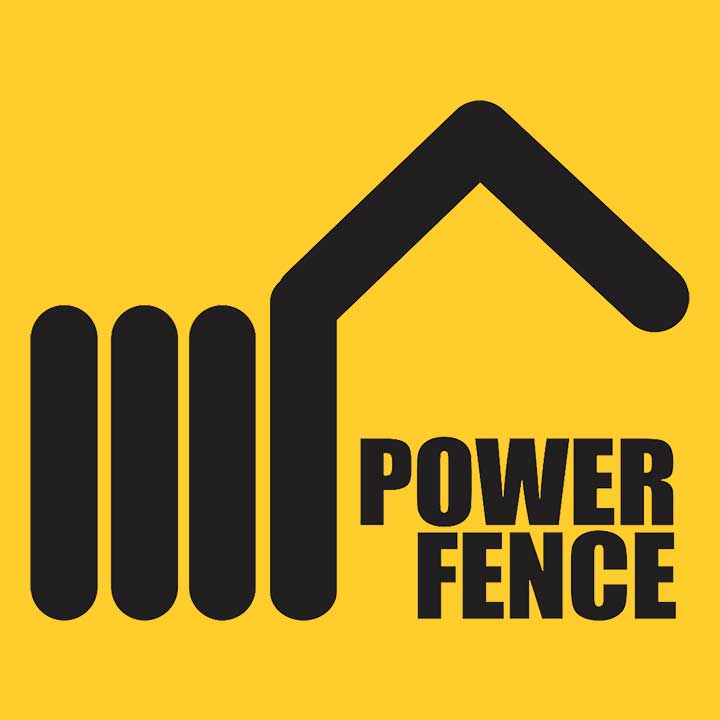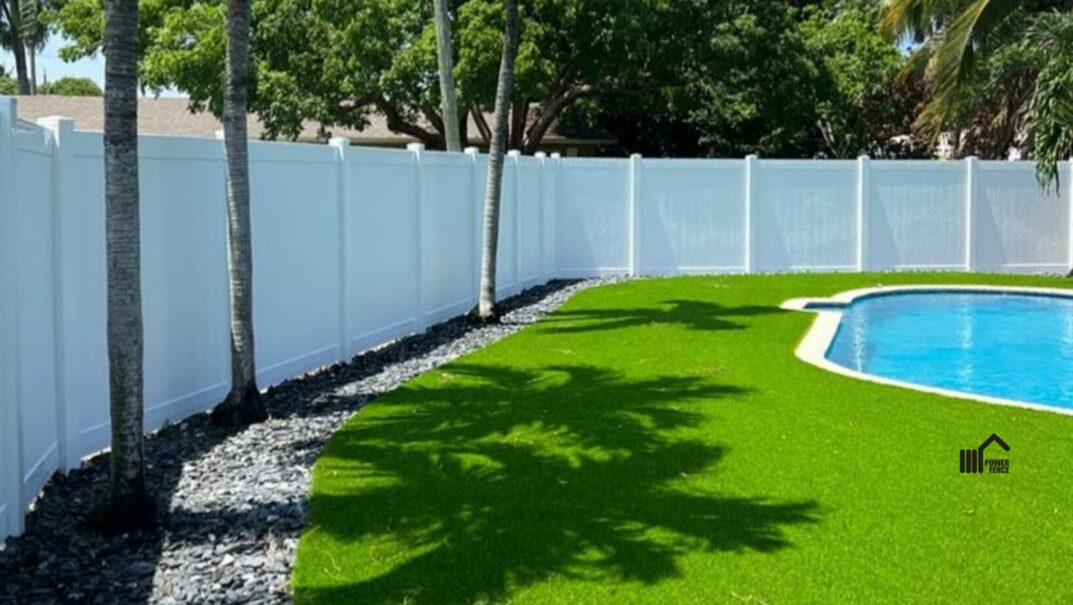In South Florida’s high-end neighborhoods, adding or replacing a fence isn’t just a weekend project; it’s a process. Between city permitting, coastal design considerations, and homeowners’ association (HOA) regulations, there’s a lot more to it than choosing a material you like and getting started.
If you live in a gated community or luxury subdivision in the Greater Fort Lauderdale area, chances are your HOA has strong opinions about your fence and how, where, and when it gets built. But don’t worry: navigating those rules doesn’t have to be frustrating. With a little preparation and the right approach, you can build a beautiful, durable fence that meets your needs and your neighborhood’s expectations.
Let’s walk through what to expect, what to watch for, and how to move from fence idea to fence approval without hitting roadblocks.
Why HOAs Get a Say in Your Fence
Homeowners’ associations exist to maintain the visual appeal and value of the community. In luxury neighborhoods, that often means uniform landscaping, approved paint palettes, and yes, strict fencing rules. While they may feel restrictive, these guidelines are designed to protect property values, appealing design consistency, and prevent disputes between neighbors.
Ignoring the rules isn’t just risky, it can be expensive. Violating HOA guidelines can result in fines, the forced removal of your fence, and, in some cases, legal action. The good news? With a little research and communication, you can avoid all of that.
Fence Height and Material Rules in Communities
In South Florida communities, HOAs take the maintenance of curb appeal seriously, and that starts with the fences. Most associations have specific rules that dictate both the height of your fence and the materials it can be made of. Knowing these standards upfront can save you time, money, and the potential for a redo.
Here’s what most HOAs typically restrict:
- Fence Height: Backyard fences are usually capped at 6 feet; front-yard fences are often limited to 3 or 4 feet. Homes on corners, near lakes, or bordering shared spaces may face stricter height rules to preserve views and guarantee safety.
- Fence Materials: Acceptable materials often include wood, vinyl, aluminum, or ornamental iron. Chain link, mesh, or temporary fencing is typically prohibited, even if it’s practical, to maintain the neighborhood’s upscale appearance.
- Visual Consistency: Many HOAs expect fence styles and colors to complement the community’s architectural character, avoiding anything that disrupts the uniform look.
Style Speaks Volumes
Your fence isn’t just a barrier; it’s part of your home’s visual footprint. That’s why many HOAs go beyond basic material and height requirements to regulate style and design. From post caps to picket spacing, associations may require specific looks to match a community’s overall theme.
Live in a coastal-style development? Expect white picket or open aluminum fences. Surrounded by Mediterranean-inspired homes? You might be limited to bronze-tone ornamental iron. Subtle touches like lattice tops or decorative gates may be allowed or explicitly forbidden.
Always look for examples of what your neighbors have installed. If everyone has the same fence, chances are that’s the HOA-approved model.
Color Inside the Lines
Color may seem like a minor detail, but to your HOA, it’s a big deal. Many luxury communities limit fence colors to neutrals like white, beige, or black, or require that the color match your home’s trim. Glossy finishes may be discouraged in favor of matte or satin textures, which reflect less light and blend in with their surroundings.
Before you go bold, double-check what’s allowed. A freshly installed fence in the wrong color can lead to an unexpected repaint or worse, removal.
Fence Placement & Approval
Even if your fence meets all the design standards, right height, right material, right color, where you place it can still derail your plans. HOAs often have strict rules about how close your fence can be to the street, the front of your house, or the property of a neighbor. Placement matters as much as appearance, especially in communities that prioritize open views and shared spaces.
Here’s what to watch for before you start building:
- Setback Requirements: Many HOAs require your fence to be set back several feet from your property line, especially near sidewalks or streets.
- Front Yard Restrictions: Some associations don’t allow front yard fencing at all, or they limit it to very short decorative styles.
- Shared Space Boundaries: Fences near HOA-maintained areas, such as trails, ponds, or greenways, often require extra review and stricter placement limits.
Once you’ve reviewed the rules, it’s time to get formal approval. Most HOAs require a written proposal that includes:
- A clear project description
- A property sketch showing the exact location
- Photos or brochures of the style and material
- Sometimes, written acknowledgment from neighboring homeowners
Talk to Your HOA (Yes, Really)
It’s tempting to treat the HOA as a roadblock, but they’re more like your fence-building partner. Most boards are made up of residents just like you, and they want to help projects go smoothly.
Reach out before you submit your proposal. Ask questions, share your ideas, and make sure you’re aligned before submitting the paperwork. A simple phone call or email can save you from a frustrating back-and-forth or worse, a denied application.
Special Considerations for Coastal and Gated Communities
If you’re lucky enough to live in a waterfront community, a golf course development, or a gated neighborhood, expect even tighter controls on fencing. These areas often limit the use of privacy fencing, especially if your property overlooks a shared view.
Open-style aluminum or iron fences are typically favored in these areas. They provide security without blocking sightlines and complement the breezy, tropical aesthetic many South Florida communities aim for.
Some gated communities even have pre-approved fence models you’re expected to match. In these cases, there may be only one or two allowable fence designs, and the easiest path to approval is sticking with the standard.
Permits and Professionals
Remember, HOA approval and city permitting are two different things. Once the HOA approves your project, you’ll likely still need a permit from your local municipality, especially in Broward County.
Working with a professional fencing contractor who understands both HOA rules and local codes can simplify the entire process. Experienced installers know what is typically approved in your area and can help prepare documents, drawings, and product specifications for your HOA application.
They also help make sure that your fence is built to last and is built legally.
Build It Right the First Time
Installing a fence in a South Florida HOA community comes with a few extra steps, but it doesn’t have to be stressful. The process becomes much smoother when you understand the rules, ask the right questions, and submit a clear proposal. And when you partner with experts who know how to navigate HOA approvals, you can avoid delays and costly mistakes.
At Power Fence Inc., we’ve helped countless homeowners in Greater Fort Lauderdale design and install HOA-compliant fences that deliver privacy, security, and style without the drama. We know what your community expects and will ensure your fence meets the mark.
Your fence should offer peace of mind, not problems. Let’s make sure it does.
Ready to get started? Request a free quote!




